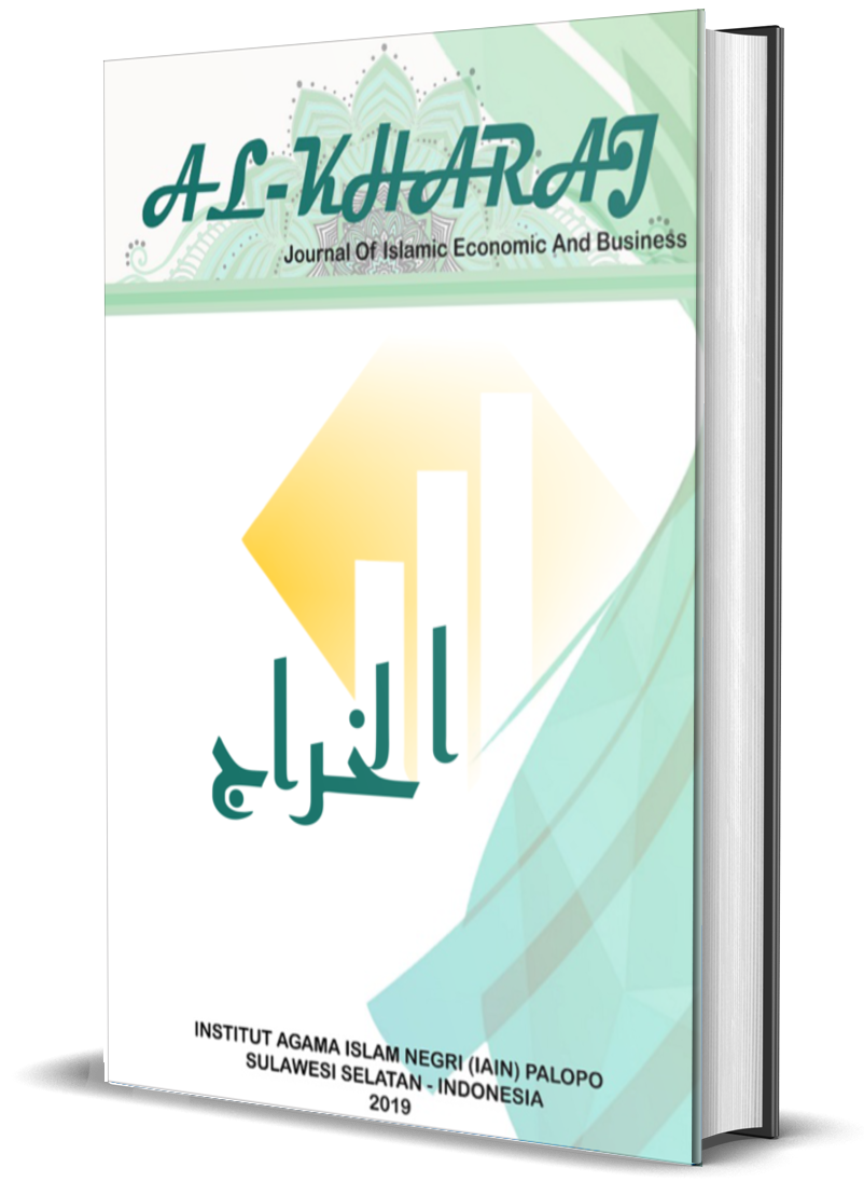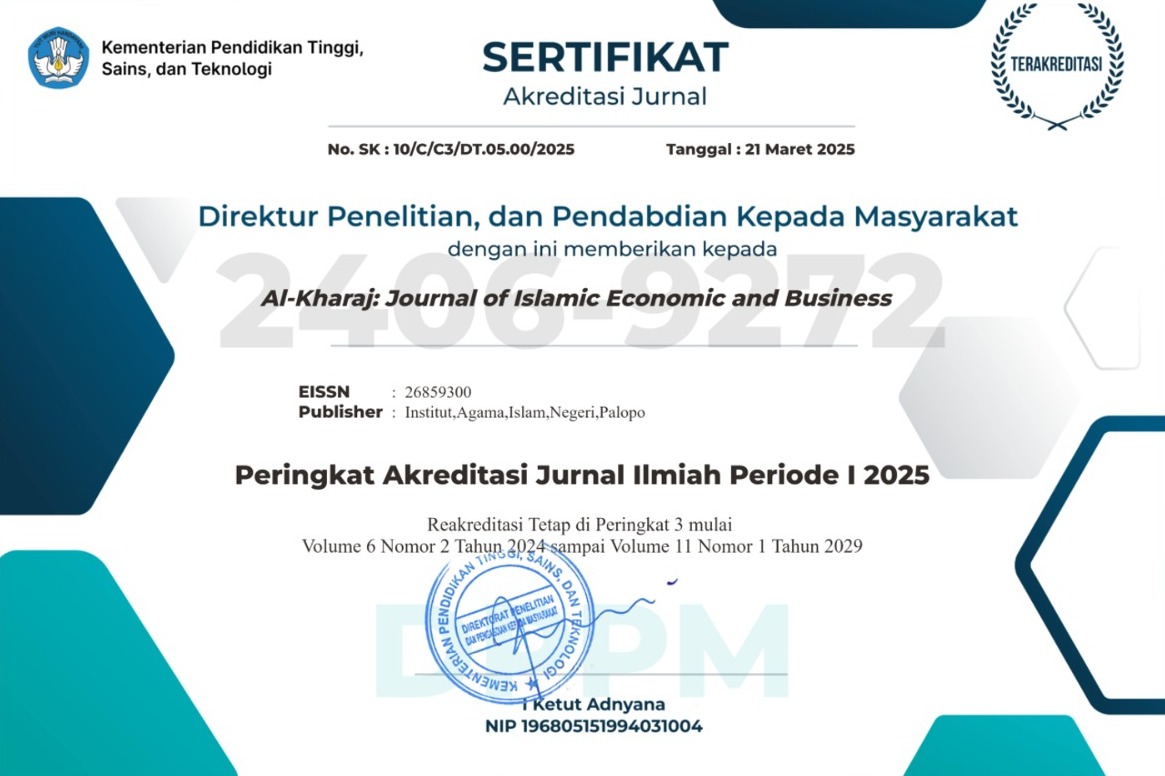Dynamic System Analysis of Vannamei Shrimp Supply Chain: Evaluation of Distribution Delays in Cold Chain Logistics at Exporting Companies
DOI:
https://doi.org/10.24256/kharaj.v7i4.7694Keywords:
udang vannamei, cold chain logistics, sistem dinamis, distribusi, kualitas eksporAbstract
Vannamei shrimp is one of Indonesia's leading export commodities that relies heavily on the efficiency of cold chain logistics to maintain product quality during shipping. Purpose: This study aims to analyze the factors causing distribution delays in the vannamei shrimp supply chain at a seafood exporting company in Makassar, South Sulawesi, and evaluate their impact on product quality, return rates, and export prices. Methods: The method used is the System Thinking and System Dynamics approach, by building a dynamic system model using Vensim software. Data were obtained through literature studies, interviews, field observations, and historical distribution data for 2023. Results: The results show that an average distribution delay of 12–18 hours causes an increase in temperature during transportation by 2–3°C, resulting in a decrease in shrimp quality and an increase in return rates of up to 7% of total monthly exports. Through simulations of improvement scenarios, the model shows that optimizing the criteria for export-worthy shrimp and increasing the efficiency of distribution rates can reduce the number of damaged shrimp and increase export volume. Model validation tests with a MAPE value of 5.16% indicate a good match between the simulation results and actual conditions in the field. Implications: This research is expected to be a reference for exporting companies in designing strategies to improve cold chain logistics to increase the competitiveness of Indonesian shrimp products in the international market.
References
Akmal, S. S. (2021). Perkembangan ekspor dan impor bulan januari 2021 provinsi Sulawesi selatan. Badan Pusat Statistik Provinsi Sulawesi Selatan.
Aminatuzzuhra, Purwaningsih, R., & Susanto, N. (2016). Simulasi Cold Chain System Pada Rantai Distribusi Ikan Untuk Mengukur Peningkatan Mutu Ikan Di Kota Semarang. Industrial Engineering Online Journal
Borshchev, A., & Filippov, A. (2004). From System Dynamics and Discrete Event to Practical Agent Based From System Dynamics and Discrete Event to Practical Agent Based Modeling: Reasons, Techniques, Tools. www.xjtek.com
Aminudin, M. (2014). SIMULASI MODEL SISTEM DINAMIS RANTAI PASOK KENTANG DALAM UPAYA KETAHANAN PANGAN NASIONAL.
Firman Hidranto. (2022, September). Meningkatkan Budi Daya Primadona Ekspor Indonesia. Indonesia.go.id.
Hamed, A., Jamil, S., & Rafiq, H.A. (2022). University branding and student satisfaction: The emerging landscape of universities in Pakistan. Pakistan Journal of Educational Research, 5(2), 429-449.
Imaroh, T. S., & Mustofa, A. (2022). Defect reduction analysis to improve glass bottle packaging products quality using statistical process control (SPC) at PT. Muliaglass Container (MGC). Journal of Social Science, 3(5), 1003–1018.
Jirasukprasert, P., Arturo Garza-Reyes, J., Kumar, V., & Lim, M. (2014). A six sigma and DMAIC application for the reduction of defects in a rubber gloves manufacturing process. International Journal of Lean Six Sigma, 5(1), 2–21.
Mustafa, M. F. M. S., Navaranjan, N., & Demirovic, A. (2024). Food cold chain logistics and management: A review of current development and emerging trends. Dalam Journal of Agriculture and Food Research (Vol. 18). Elsevier B.V. https://doi.org/10.1016/j.jafr.2024.101343
Purwaningsih, R., & Susanto, N. (t.t.). SIMULASI COLD CHAIN SYSTEM PADA RANTAI DISTRIBUSI IKAN UNTUK MENGUKUR PENINGKATAN MUTU IKAN DI KOTA SEMARANG.
Satrio, R., Irfani, Y. N., & Lasut, M. R. S. (2023). Hambatan Dan Upaya Meningkatkan Ekspor Udang Di Indonesia. ECOMA: Journal of Economics and Management, 1(3), 123–131. https://doi.org/10.55681/ecoma.v1i3.28.
Downloads
Published
How to Cite
Issue
Section
Citation Check
License
Copyright (c) 2025 Yudha Prambudia, Yudha Prambudia, Iphov Kumala Sriwana

This work is licensed under a Creative Commons Attribution-ShareAlike 4.0 International License.
Authors retain copyright and grant the journal right of first publication with the work simultaneously licensed under a Creative Commons Attribution-ShareAlike 4.0 International License. In line with the license, authors are allowed to share and adapt the material. In addition, the material must be given appropriate credit, provided with a link to the license, and indicated if changes were made. If authors remix, transform or build upon the material, authors must distribute their contributions under the same license as the original.









